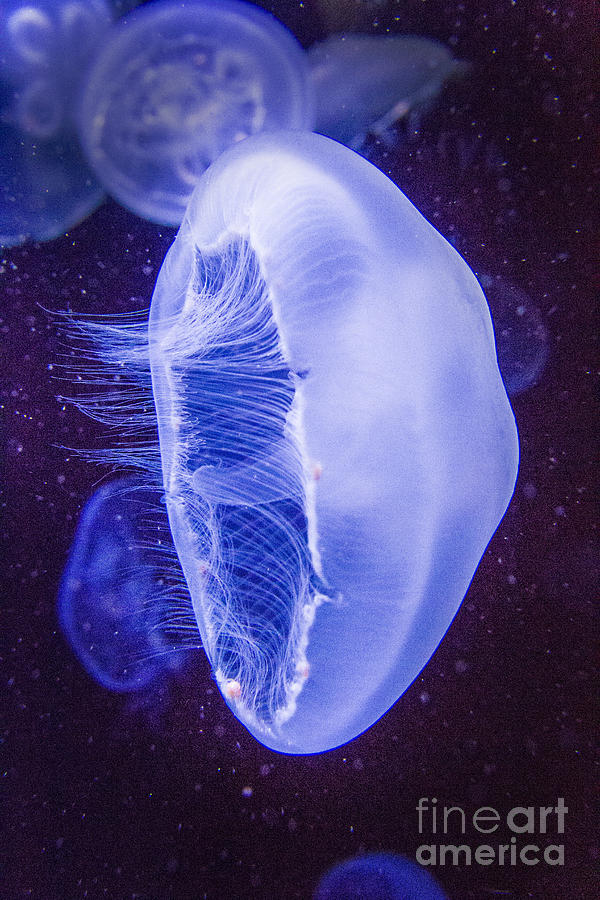
Moon Jellyfish Aurelia Aurita Photograph by Darleen Stry
Aurelia aurita AphiaID 135306 (urn:lsid:marinespecies.org:taxname:135306) Classification Biota Animalia (Kingdom) Cnidaria (Phylum) Scyphozoa (Class) Discomedusae (Subclass) Semaeostomeae (Order) Ulmaridae (Family) Aureliinae (Subfamily) Aurelia (Genus) Aurelia aurita (Species) Status accepted Rank Species Parent Aurelia Lamarck, 1816 Orig. name
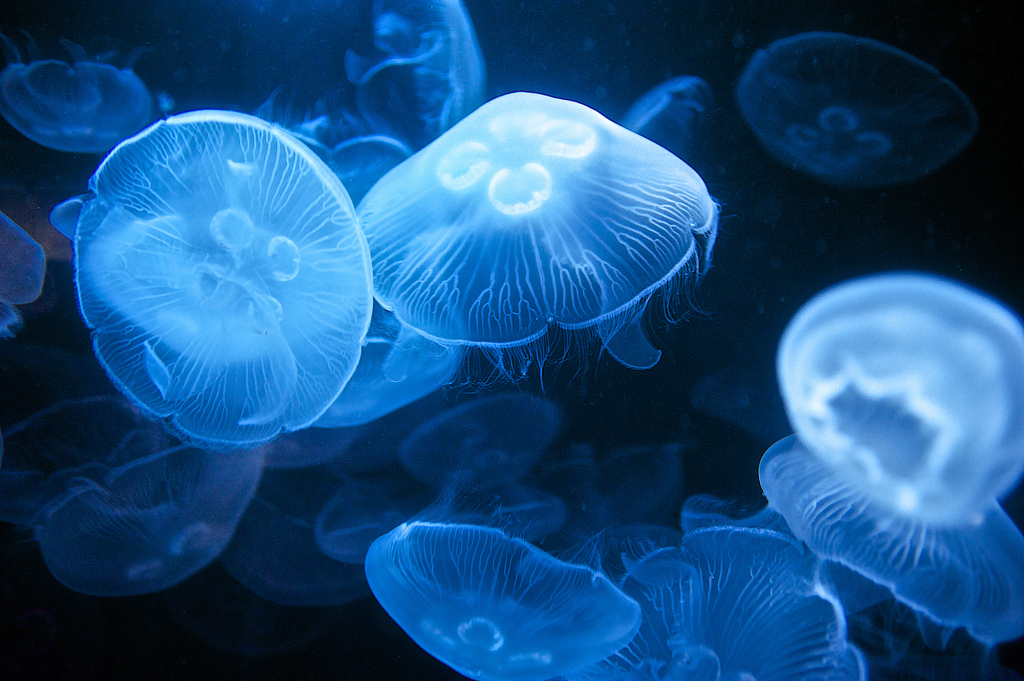
Aurelia Aurita (Moon Jellyfish) Cardiovascular System
Aurelia Species aurita Family Ulmaridae Order Semaeostomeae Class Scyphozoa Phylum Cnidaria Kingdom Animalia; Size Range 40 cm;. The outer edge of the Moon Jelly's bell also has tentacles, as well as eight special sensory organs that tell the jellyfish where it is in the water column. Currents may sweep many of these jellyfish into sheltered.

Common Jellyfish (Aurelia aurita) Ireland's Wildlife
Jellyfish nerve nets provide insight into the origins of nervous systems, as both their taxonomic position and their evolutionary age imply that jellyfish resemble some of the earliest neuron-bearing, actively-swimming animals. Here, we develop the first neuronal network model for the nerve nets of jellyfish.
Moon Jellyfish, Aurelia aurita, Norway, Stock Photo
Moon jellyfish (Aurelia aurita) are common in almost all oceans. The cnidarians move about in the oceans with their translucent bells, which measure from three to 30 centimeters. "These jellyfish.
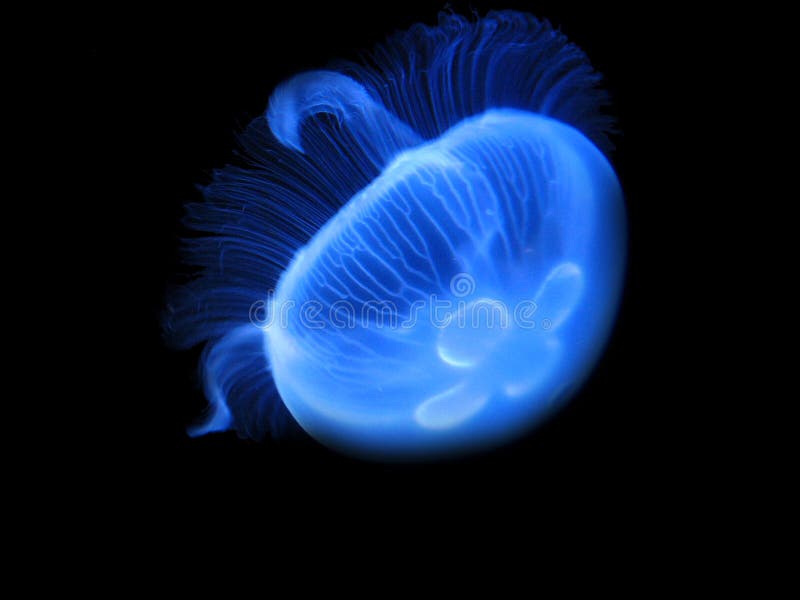
Jellyfish (Aurelia Aurita) Stock Images Image 12899504
moon jelly, (genus Aurelia ), genus of marine jellyfish of the order Semaeostomeae (class Scyphozoa, phylum Cnidaria) characterized by their pale translucent bodies and commonly found in coastal waters, particularly those of North America and Europe. The adult may grow as large as 40 cm (16 inches) in diameter.
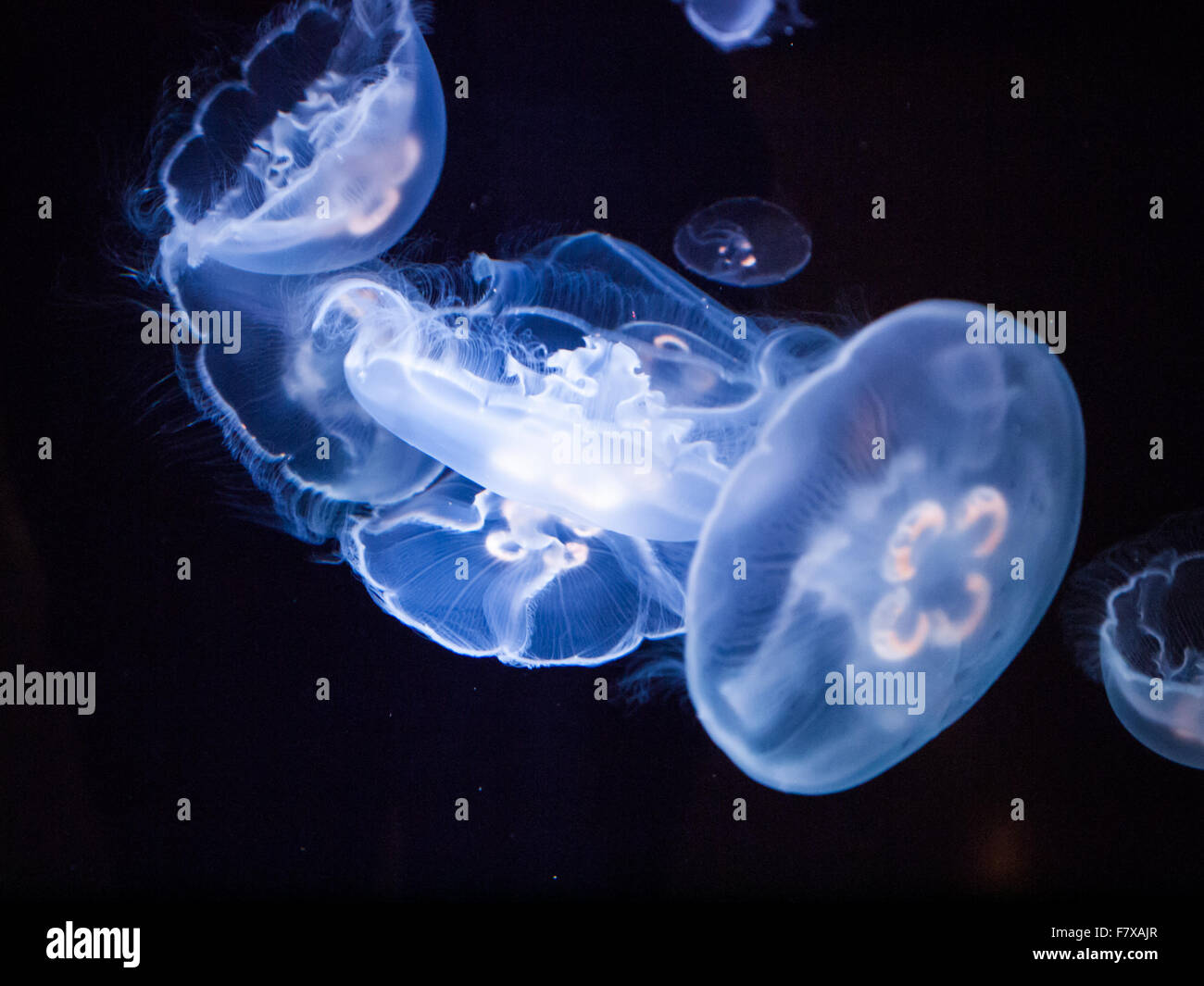
Beautiful Aurelia aurita (moon jellyfish, common jellyfish) in an
Moon jellyfishes, Aurelia aurita (Linnaeus, 1758), aka saucer jellies, moon jellies and common sea jellies, range between 5-40 cm in diameter. They can be recognized by their delicate and exquisite coloration, often in patterns of spots and streaks. Their behavior depends on a number of external conditions, in particular, food supply. Aurelia swim by pulsations of the bell-shaped upper part of.

Moon Jelly (Aurelia aurita) of Sumida Aquarium in Tokyo Sk… Flickr
Aurelia aurita is one of the most common species of jellyfish. It is almost morphologically identical to a few other species of the Aurelia genus making it difficult to identify without genomic testing (eNature, 2007). It is primarily found in large groups in in coastal or oceanic regions. REPRODUCTION.
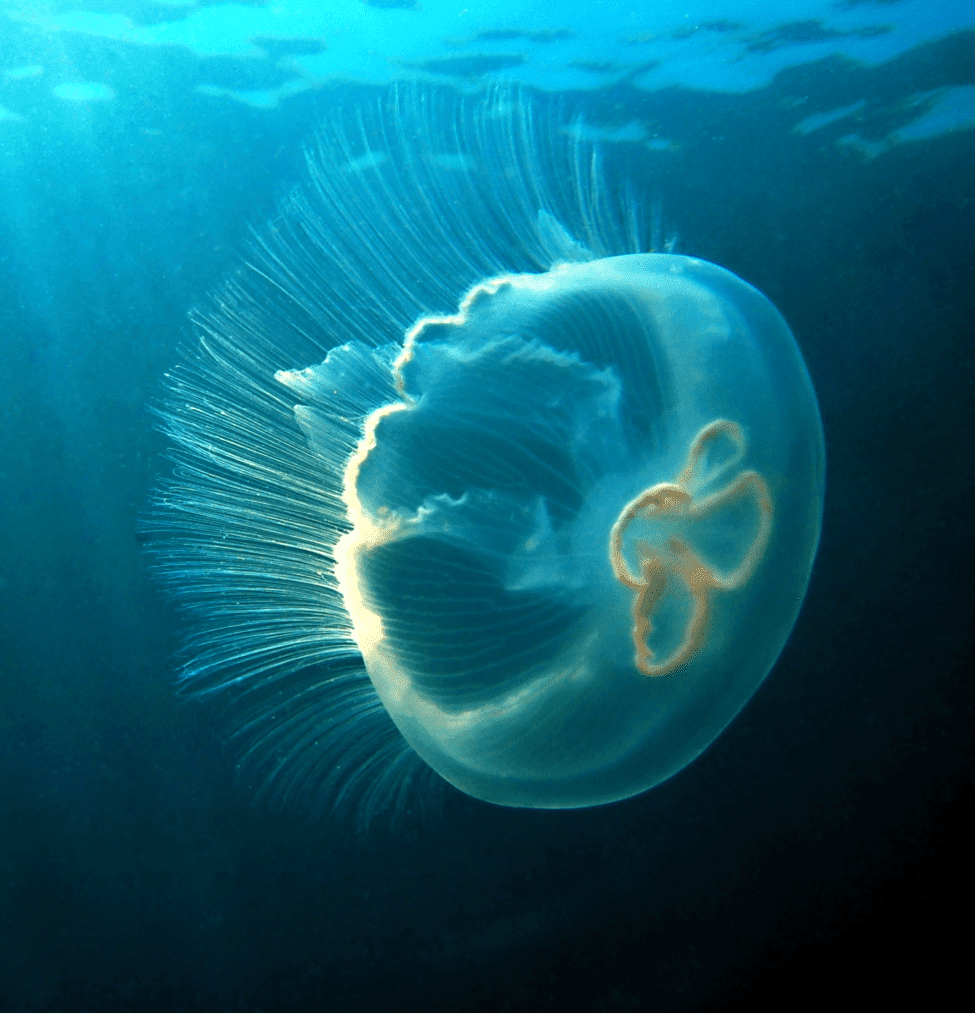
Aurelia Aurita Moon Jellyfish Diet
Aurelia aurita (Scyphozoa, Cnidaria) is an emblematic species of the jellyfish. Currently, it is an emerging model of Evo-Devo for studying evolution and molecular regulation of metazoans' complex life cycle, early development, and cell differentiation.

Aurelia aurita the moon Jellyfish Collection
Moon jellyfish are a species of jellyfish, known by the scientific name Aurelia aurita, and are found mostly in warm and tropical waters, near sea-coasts. They are also referred to by names such as moon jelly, saucer jelly, common sea jelly and even violet moon jellyfish.
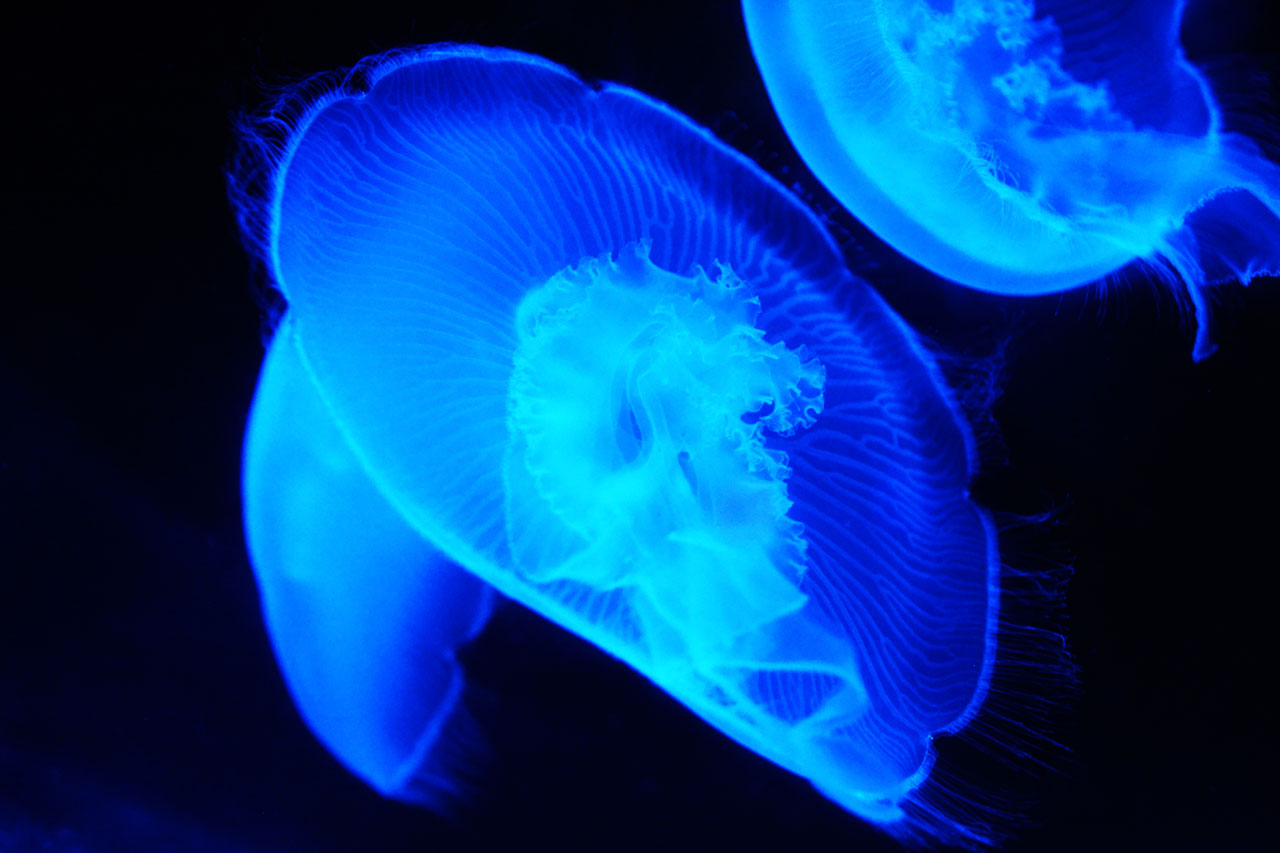
Aurelia Aurita Free Stock Photo Public Domain Pictures
The Moon jelly, scientifically known as Aurelia Aurita, is a specific species of jellyfish. Moon jellies are sometimes called common jellyfish, moon jellyfish, or saucer jelly. They are a beautiful species with fascinating habits that researchers try to study closely.
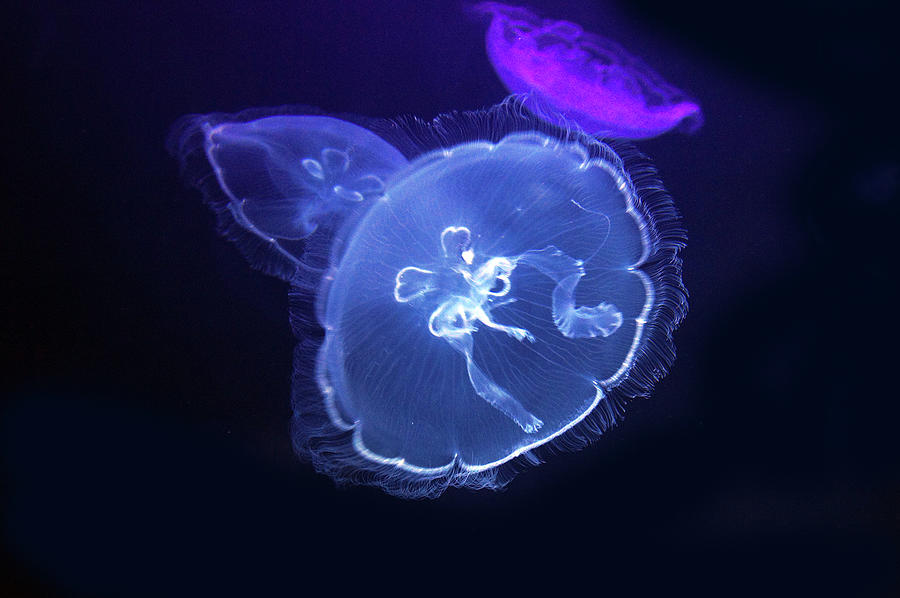
Aurelia Aurita Moon Jellyfish by Bhs
The generalist predatory abilities of Aurelia may have insulated this jellyfish over the 1985 regime shift when zooplankton composition in the Irish Sea changed abruptly, and also help explain.

Islay Natural History Trust Moon Jellyfish (Aurelia aurita)
We present the genome of the moon jellyfish Aurelia, a genome from a cnidarian with a medusa life stage. Our analyses suggest that gene gain and loss in Aurelia is comparable to what has been.
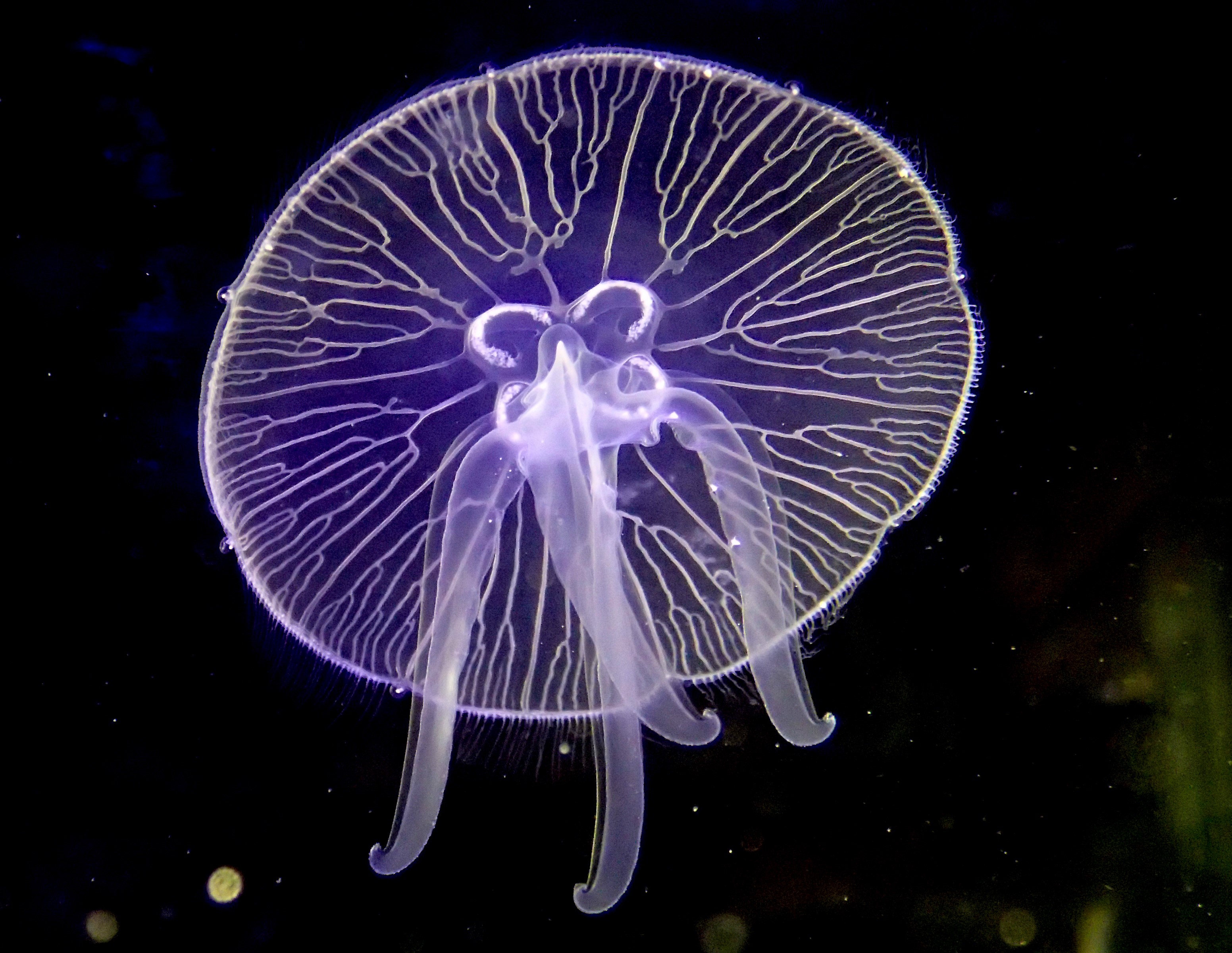
Provizórne voľno roztomilý iraurita povedomie abstrakcie odpúšťajúci
Aurelia aurita Read our Complete Guide to Classification of Animals. Moon Jellyfish Locations Ocean Moon Jellyfish Facts Prey Plankton, small fish, crustaceans, larvae, eggs Name Of Young Planula, polyp, ephyra Group Behavior Smack
FileAurelia aurita 001.JPG Wikipedia
The moon jellyfish ( Aurelia aurita) has proven to be reasonably resilient and adaptable in a captive setting. Now, it is still a jellyfish, so it does require some special care and very, very careful handling. But given good water quality, the right foods and an appropriate aquarium system, this species can actually flourish in captivity.

Aurelia aurita, the moon jellyfish TheDepthsBelow
Moon jellyfish swimming ( Aurelia aurita lives in water temperatures ranging from 6-31 °C (43-88 °F); with optimum temperatures of 9-19 °C (48-66 °F). It prefers seas with consistent currents. It has been found in waters with salinity as low as 6 parts per thousand. [7]
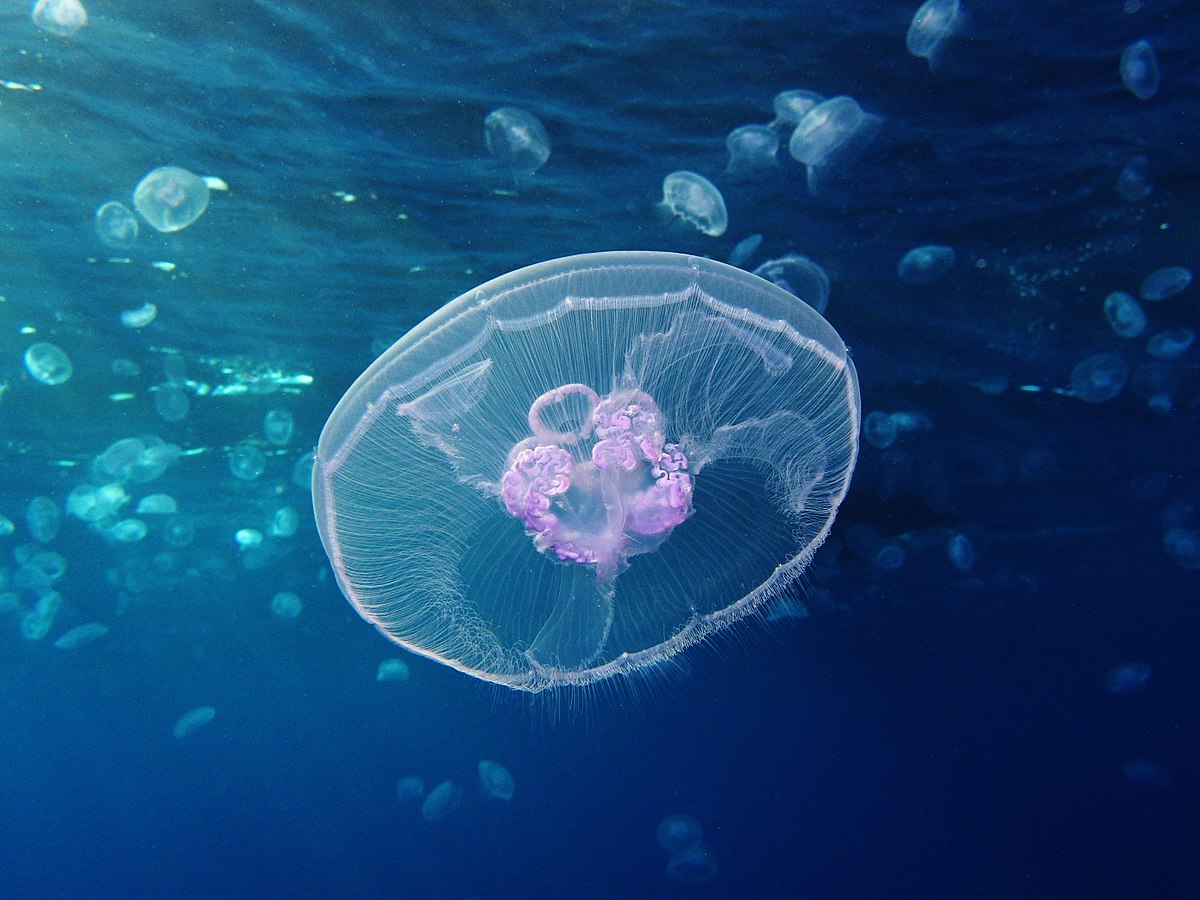
Aurelia aurita Wikipedia
There are six species of moon jellyfish in the genus Aurelia. According to the Catalogue of Life's 2017 Annual checklist, these species are A. aurita, A. colpata, A. labiata, A. limbata, A. maldivensis, and A. solida (Orrell et al., 2017). Aurelia aurita is the type species, or the representative species, of the genus.